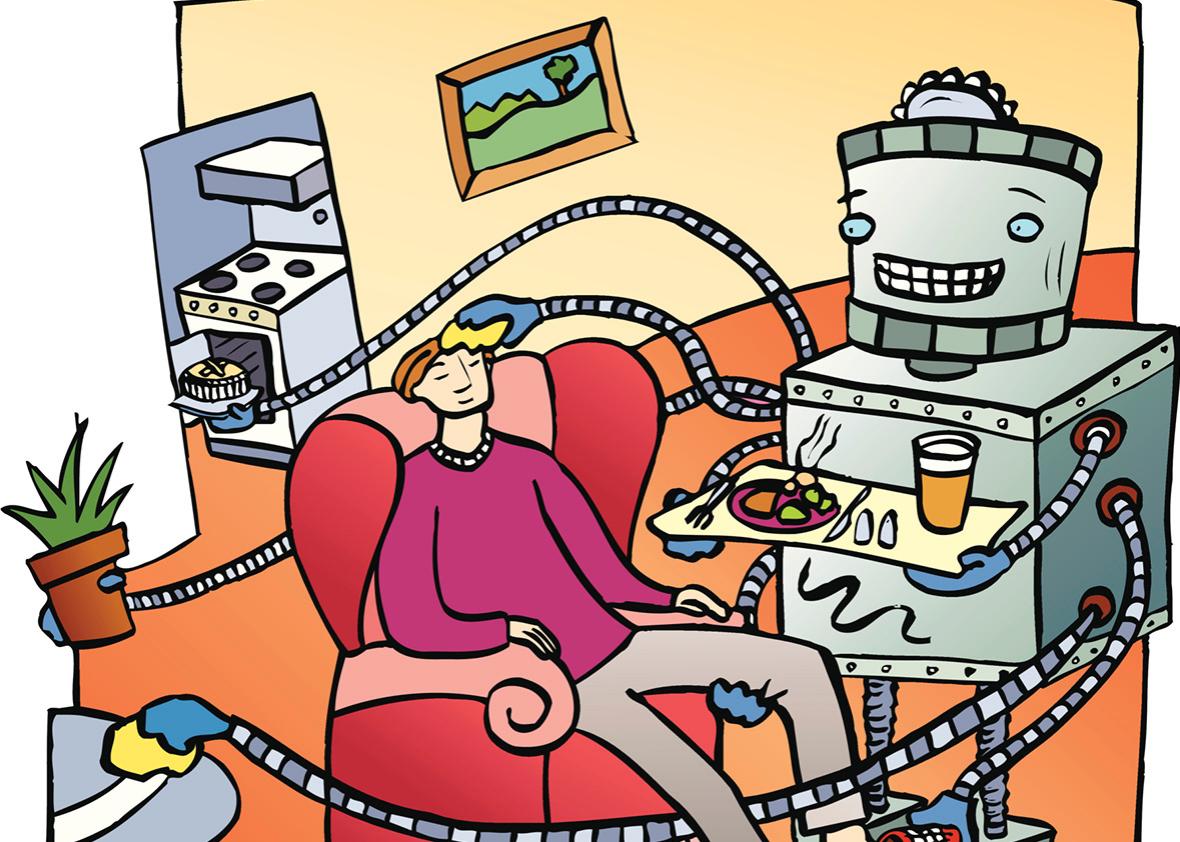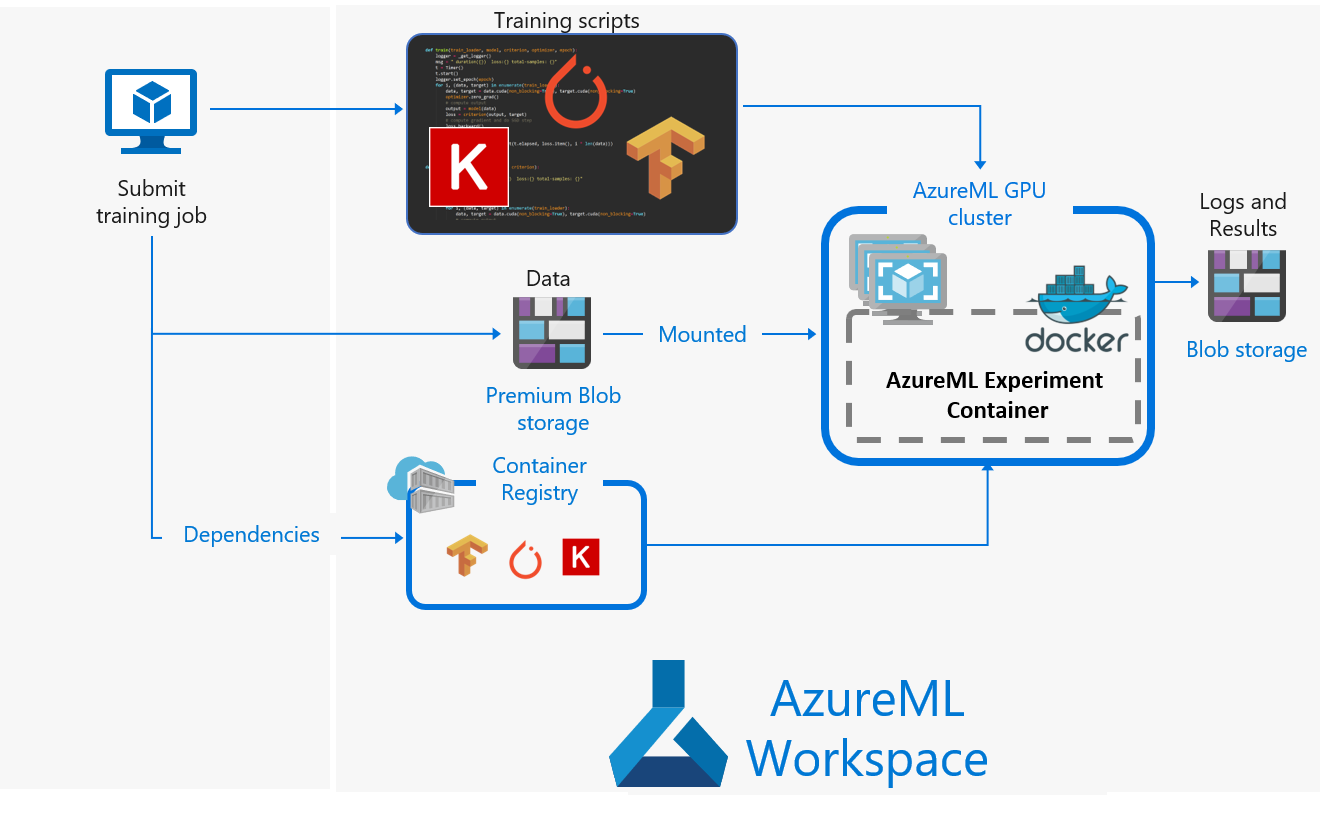
A type of artificial Intelligence model is the recurrent neuron network. This model is capable of translating Spanish sentences into English words. It uses input and output sequence to determine the likelihood of each word in an output sentence. Machine translation is also made possible by recurrent neural nets. These models can be extremely powerful, and can even learn to speak without human comprehension. To learn more, continue reading. This article will go over the basics of recurrent neural networks.
Unrolled RNN
An unrolled recurrent network is a form of recurrent brain model. Instead of using a single set to train, it creates multiple copies, each of which takes up memory. Therefore, it is possible to quickly grow the memory requirements when training large recurrent neural networks. This tutorial introduces the concept and visualization of recurrent networks as well as the forward pass. It also introduces some advanced techniques to train recurrent neural networks efficiently.
To start, the unrolled version of an RNN resembles an extremely deep feedforward network. The weights that are assigned to the connections between the time steps of a network are shared. This means that every input is taken from the previous timestep. Because each layer has the same weights, the same network can be used for multiple times steps. As a result, the unrolled version of a network is faster and more accurate.

Bidirectional RNN
Bidirectional recurrent neural networks (BRNN) are artificial neural networks that can recognize patterns from all inputs. Each neuron is a representation of one direction. The output of a forward-state neuron is sent to the opposite output neuron. A BRNN has the ability to recognize patterns within a single image. In this article we will discuss the BRNN, and how it is used to recognize images.
A bidirectional RNN process the sequence in 2 directions. One for each side of the speech. Two separate RNNs are used in bidirectional RNNs. Each RNN has a final hidden state that is concatenated with another. Bidirectional RNNs can output a complete sequence of hidden state or just one state. This model is very useful in real-time speech detection, since it can learn future contexts.
Gated recurrent units
Although the work flow of a Gated Recurrent Unit Network looks similar to that of Recurrent Neural Networks in principle, the inner workings of this type recurrent neural network are very different. Gated Recurrent Unit Networks modify their inputs, by modulating previous hidden states. Gated Recurrent Unit Networks use vectors as inputs. Their outputs can then be calculated by elementwise multiplication.
Researchers at the University of Montreal introduced the Gated Recurrent Unit, a special type of recurrent neural network. This is a unique class of recurrent neural networks that captures dependencies on different time scales but doesn't have separate memory cells. The main difference between Gated Recurrent Units and regular RNNs is that Gated Recurrent Units can process memories of sequential data. GRUs save their past inputs and use this information to plan their future activations.

Batch gradient descent
Recurrent neural networks update their hidden state according to the input. These networks start their hidden state as "null vector", which means that all elements are zero. The main trainable parameters in a "vanilla” RNN are weightmatrices. These indicate the number or features of the input and the hidden neurons. These weightmatrices are used in order to transform the input.
When a single example is used, a single gradient descent algorithm will be used. The model calculates the gradient for each successive step based on this one example. A multi-step algorithm however, uses multiple examples to improve its performance. Ensemble training is another name. It's a combination of multiple decision trees that have been trained with bagging.
FAQ
AI: What is it used for?
Artificial intelligence is a branch of computer science that simulates intelligent behavior for practical applications, such as robotics and natural language processing.
AI is also known as machine learning. It is the study and application of algorithms to help machines learn, even if they are not programmed.
There are two main reasons why AI is used:
-
To make your life easier.
-
To be able to do things better than ourselves.
Self-driving automobiles are an excellent example. AI can do the driving for you. We no longer need to hire someone to drive us around.
Why is AI important?
It is expected that there will be billions of connected devices within the next 30 years. These devices include everything from cars and fridges. Internet of Things, or IoT, is the amalgamation of billions of devices together with the internet. IoT devices will be able to communicate and share information with each other. They will be able make their own decisions. For example, a fridge might decide whether to order more milk based on past consumption patterns.
According to some estimates, there will be 50 million IoT devices by 2025. This is an enormous opportunity for businesses. This presents a huge opportunity for businesses, but it also raises security and privacy concerns.
What do you think AI will do for your job?
AI will eradicate certain jobs. This includes truck drivers, taxi drivers and cashiers.
AI will bring new jobs. This includes jobs like data scientists, business analysts, project managers, product designers, and marketing specialists.
AI will make current jobs easier. This includes positions such as accountants and lawyers.
AI will make existing jobs more efficient. This includes salespeople, customer support agents, and call center agents.
Who is leading the AI market today?
Artificial Intelligence, also known as computer science, is the study of creating intelligent machines capable to perform tasks that normally require human intelligence.
Today, there are many different types of artificial intelligence technologies, including machine learning, neural networks, expert systems, evolutionary computing, genetic algorithms, fuzzy logic, rule-based systems, case-based reasoning, knowledge representation and ontology engineering, and agent technology.
Much has been said about whether AI will ever be able to understand human thoughts. Deep learning technology has allowed for the creation of programs that can do specific tasks.
Google's DeepMind unit today is the world's leading developer of AI software. Demis Hashibis, the former head at University College London's neuroscience department, established it in 2010. DeepMind, an organization that aims to match professional Go players, created AlphaGo.
Statistics
- While all of it is still what seems like a far way off, the future of this technology presents a Catch-22, able to solve the world's problems and likely to power all the A.I. systems on earth, but also incredibly dangerous in the wrong hands. (forbes.com)
- A 2021 Pew Research survey revealed that 37 percent of respondents who are more concerned than excited about AI had concerns including job loss, privacy, and AI's potential to “surpass human skills.” (builtin.com)
- The company's AI team trained an image recognition model to 85 percent accuracy using billions of public Instagram photos tagged with hashtags. (builtin.com)
- In the first half of 2017, the company discovered and banned 300,000 terrorist-linked accounts, 95 percent of which were found by non-human, artificially intelligent machines. (builtin.com)
- Additionally, keeping in mind the current crisis, the AI is designed in a manner where it reduces the carbon footprint by 20-40%. (analyticsinsight.net)
External Links
How To
How to set Alexa up to speak when charging
Alexa, Amazon's virtual assistant, can answer questions, provide information, play music, control smart-home devices, and more. You can even have Alexa hear you in bed, without ever having to pick your phone up!
Alexa can answer any question you may have. Just say "Alexa", followed up by a question. She will give you clear, easy-to-understand responses in real time. Plus, Alexa will learn over time and become smarter, so you can ask her new questions and get different answers every time.
Other connected devices can be controlled as well, including lights, thermostats and locks.
Alexa can also adjust the temperature, turn the lights off, adjust the thermostat, check the score, order a meal, or play your favorite songs.
Alexa can talk and charge while you are charging
-
Open Alexa App. Tap Settings.
-
Tap Advanced settings.
-
Choose Speech Recognition
-
Select Yes, always listen.
-
Select Yes, only the wake word
-
Select Yes to use a microphone.
-
Select No, do not use a mic.
-
Step 2. Set Up Your Voice Profile.
-
Enter a name for your voice account and write a description.
-
Step 3. Step 3.
Followed by a command, say "Alexa".
Example: "Alexa, good Morning!"
Alexa will reply if she understands what you are asking. Example: "Good Morning, John Smith."
Alexa will not reply if she doesn’t understand your request.
After making these changes, restart the device if needed.
Notice: You may have to restart your device if you make changes in the speech recognition language.